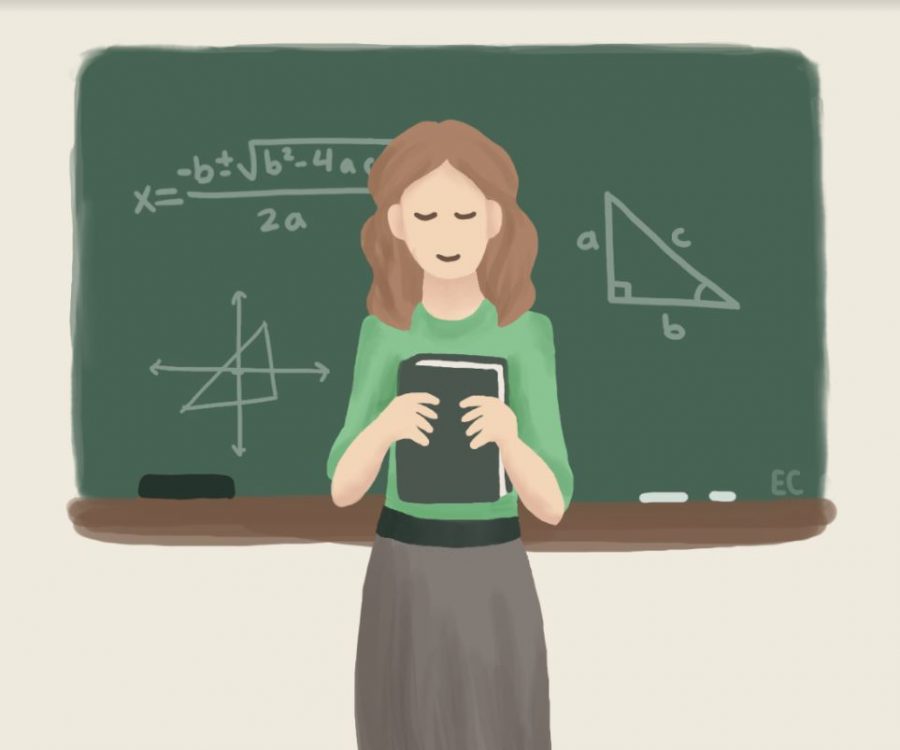Women in Academia
January 30, 2018
In the last few decades, gender equality has become a subject of much discussion. A recent example of this was the 2018 Women’s March that took place on Jan. 20. Girls, especially those in earlier grade levels are constantly being encouraged to pursue careers and activities in the fields of science and math for the purpose of promoting equality among the sexes in the educational community.
Significant improvements have indeed been made in giving everyone equal academic opportunities, especially in comparison to the times when there were schools that only allowed males to attend. Female representation in higher education is on the rise, slowly but surely.
However, many people still argue that the situations for men and women are not as fair and balanced as they could be. Gender biases are still present, especially in terms of the wage gap. For example, for the last couple of years in the United Kingdom, female academics have earned an average of 12% less than their male equivalents. A very similar situation exists in Canada.
In the U.S., women are less likely to achieve tenured positions, holding only 38.4% of permanent teaching positions. Generally, a greater number of women are found in lower-ranking academic positions, making up more than half of Assistant Professor positions and nearly half of Associate Professor positions, but less than a third of professor positions. In India, women only account for 25.8% of professor positions, and in Japan, they are only 23.7% of full-time university teachers.
Even internationally, females in academia are at a disadvantage, though the degrees of inequality vary in different countries. On top of that, women with children are even less likely to obtain higher-ranking positions than men and women without children.
While these numbers and percentages are constantly changing, the discrepancy in the statistics explain why our educational systems push girls in particular to achieve higher in more academic subjects and really focus on education in the years preceding entrance into college and finding a job. In fact, for the past decade or so, it’s been working. Female enrollment in math and science courses is approximately equal to that of males.
So, overall, things are getting quite a bit better. While there might be slight echoes of gender discrimination in academic fields, the situation continues to look up, which could suggest an equivalent future for academia.
Graphic courtesy of FREEPIK.COM

